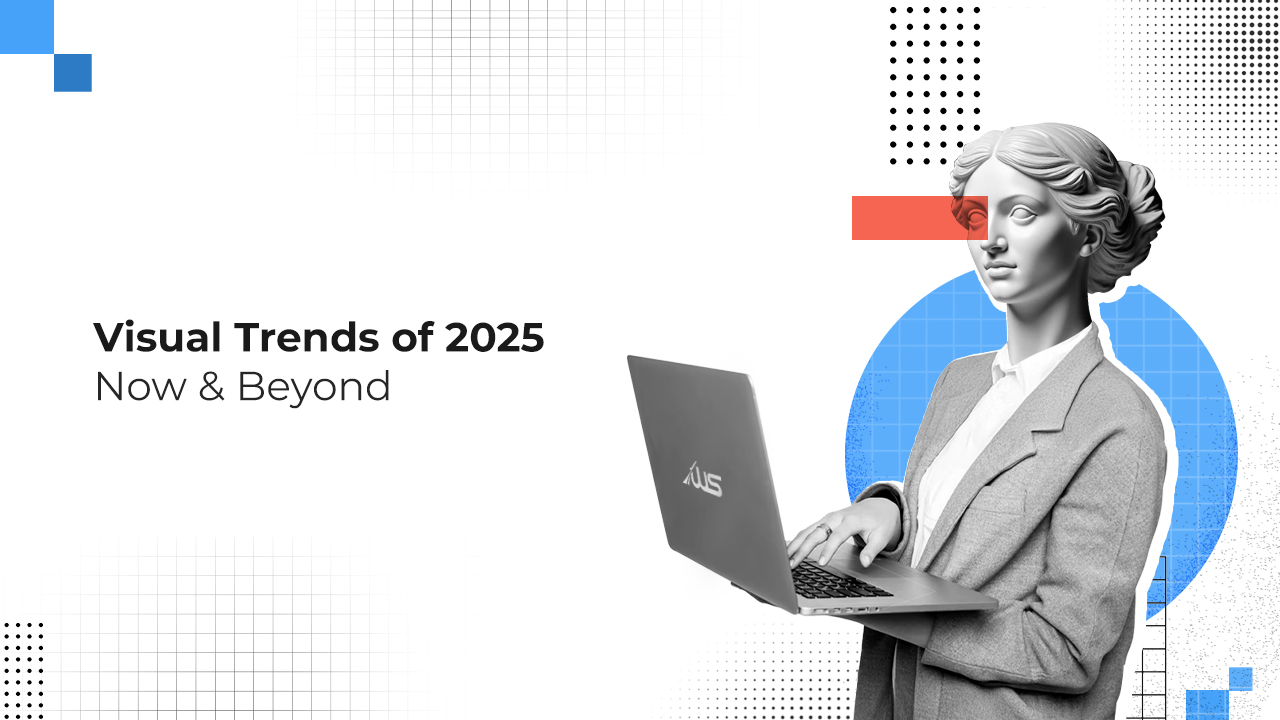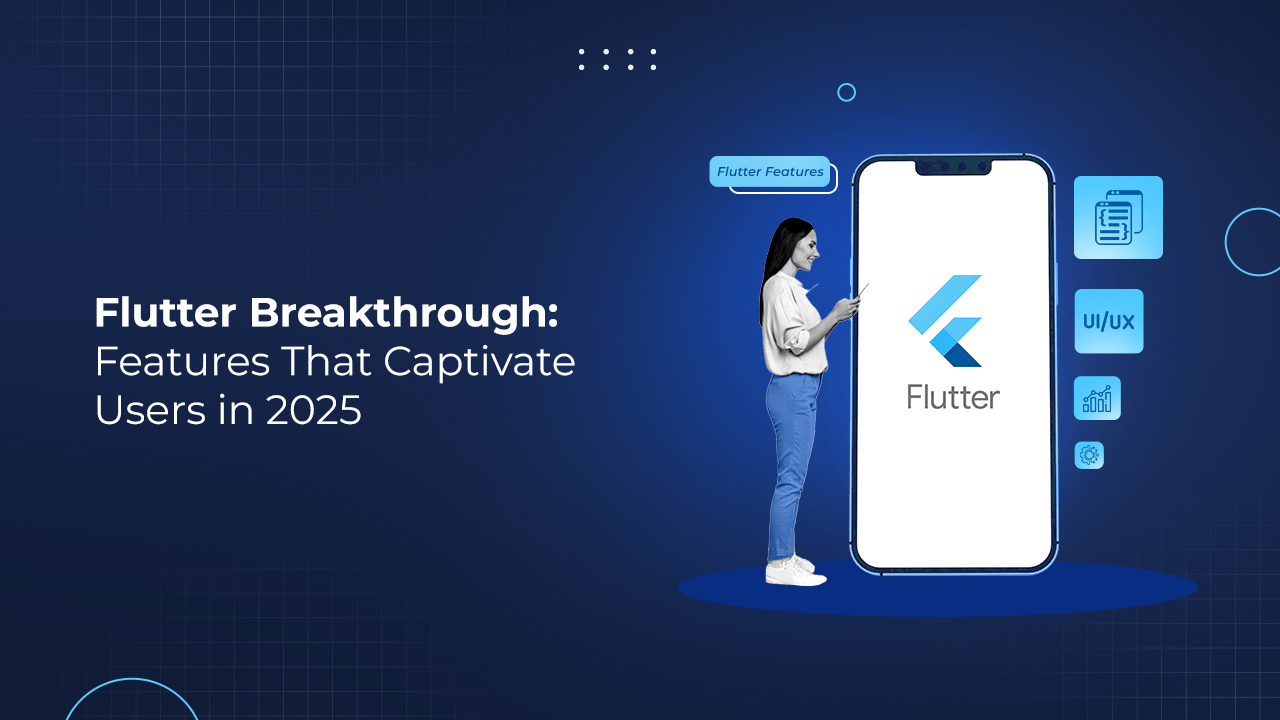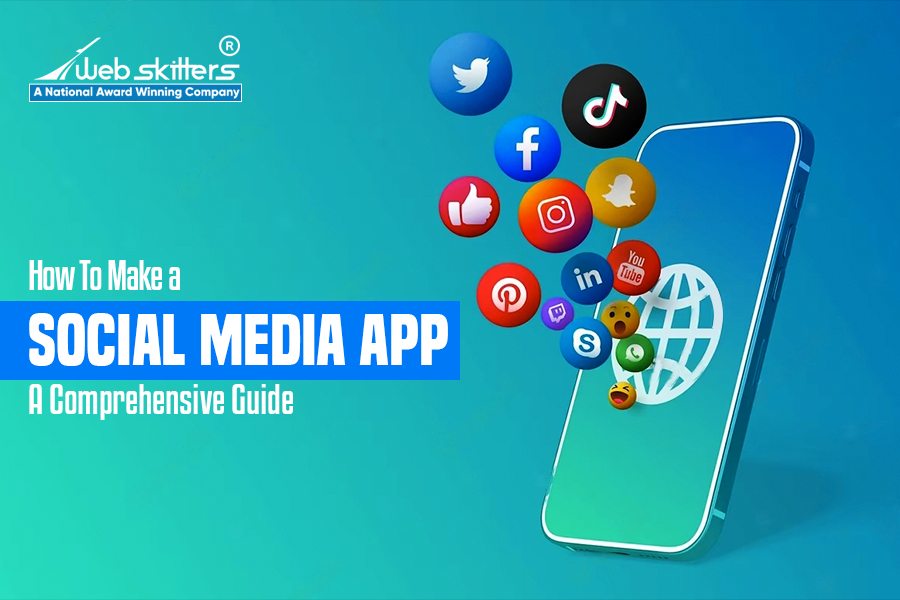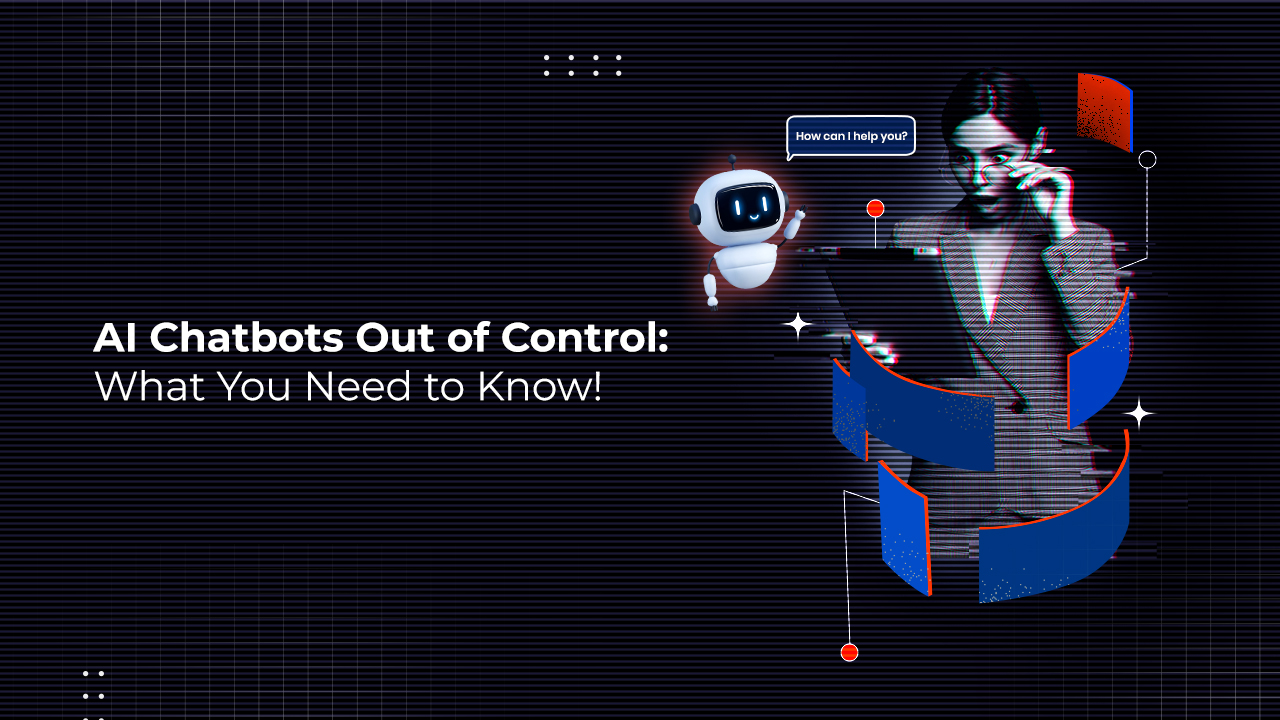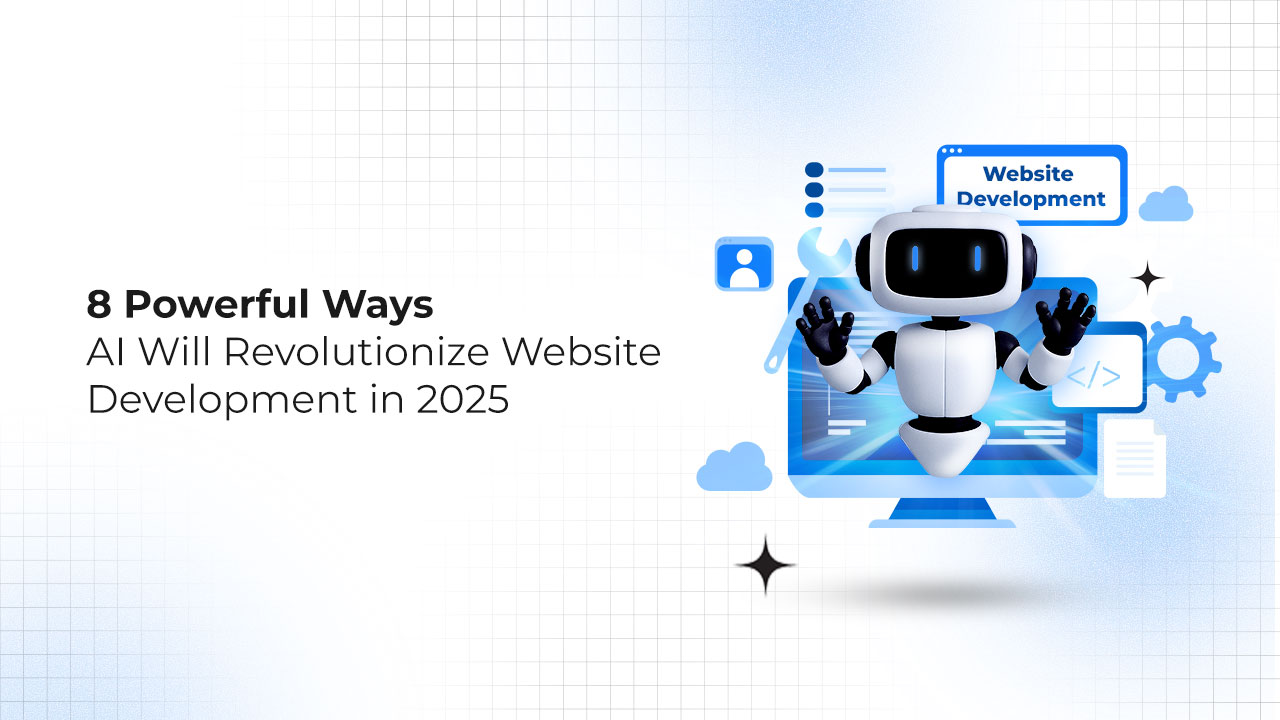
8 Game-Changing Ways AI Will Transform Web Development
Until recently, most websites followed a static formula. A designer created a layout, developers built it out, and visitors received the same experience every time they landed on a page.
That approach still exists, but in 2025, it is quickly losing relevance. Imagine a website that learns, adapts, and reacts depending on who visits and what they do.
This is where AI in web development is making its greatest influence.
How AI Is Changing the Way Websites Work?
Artificial intelligence is no longer only a backend assistant. It is now embedded directly into the structure of how websites behave.
A site will recognize repeat visitors, adjust layout elements to suit user behavior, or even change its entire flow based on time of day, device type, or region.
Suppose a website visitor regularly browses a certain product category. A website powered with AI design can shift the homepage layout to prioritize those products.
This kind of intelligent adaptation was almost impossible just a few years ago. Developers would have needed to code dozens of rules and still only manage to achieve basic customization.
With AI, the system learns patterns by itself and gets better with time. For business owners, this means more engagement and improved conversions without manually adjusting their site.
Sites can now be personal without being intrusive. Rather than just scrolling through pages, visitors can step into a digital space that senses their preferences and reacts in real time.
AI in website development is leading this transition, helping companies move away from generic content and into smarter, more relevant digital environments that evolve with their users.
8 Reasons to Use AI in Website Development in 2025
1. Personalized User Experience
Rather than having every visitor encounter the same front page or goods catalog, a website can dynamically change its form, emphasize new items, even rearrange the menu navigation based on individual preferences.
A second-time visitor to a clothing website may be shown the newest arrivals based on data of their prior buying choices. The next website visitor may be directed to a loyalty discount based on repeated purchases.
These targeted prompts are subtle, but they lead to greater participation and longer on-site duration. Absent AI, such adaptation would entail infinite individual manual settings and still not match what real-time systems can accomplish.
The elegance is in its understated wisdom—the user is perceived as understood without having to navigate through layers of information to reach that point. That’s the power of AI in website development.
2. Faster Development Time
It’s 2025. Building a website should not take weeks of back-and-forth between teams. AI systems can now handle a large part of the repetitive and foundational tasks that formerly used to delay timelines.
A designer can sketch out a homepage idea, and AI tools will generate a responsive layout, populate it with structured content, and flag any UX flaws. Developers then refine rather than construct from scratch.
In many cases, code is suggested based on previous projects, eliminating the need to write every line manually. These tools can detect inefficiencies in real time and recommend cleaner alternatives, all within the browser environment.
The end result is a leaner process that leaves greater room for innovation and problem-solving. Businesses benefit by going live sooner, often weeks ahead of traditional schedules.
3. Improved Accessibility
Web accessibility used to require extensive manual work. Today, AI can crawl a site, detect areas that could potentially restrict users with disabilities, and suggest suitable solutions.
It can even automatically generate alt text for images, check contrast ratios, and change navigation patterns for screen readers.
On an educational site that visually impaired individuals often visit, AI can mark keyboard navigation inconsistencies and correct them before release. All users, able or not, can interact productively with the site. The smoother the access, the greater the reach.
4. Predictive Search and Navigation
Search boxes have evolved from simple search tools to smart prediction engines.
When someone starts typing in a website’s search feature, the AI analyzes not only the characters typed but also past behavior, category preferences, and current browsing intent. The search experience feels smooth and useful.
A customer searching for outdoor furniture on a home improvement website may be directed to items based on their prior search filters or current promotions.
Predictive filters refine suggestions so users can get to what they are looking for more quickly without sifting through irrelevant results.
AI in web development has turned predictive search into something that reacts more like a dialogue than static content.
5. Real-time Customer Support
Once upon a time, customer service relied on response times and human agents. With AI, service is accessible around the clock, with context-sensitive chat systems.
These systems use live data, previous interactions, and even current activity to assist website visitors through complex issues.
This level of smart anticipation makes the customer feel supported right from the beginning.
What AI website solutions do well is manage a high volume and maximize the quality of each touch point, whether during the day or at night.
6. Continuous Improvement Through Data Analysis
The performance of your website is influenced by what occurs after launch.
AI technologies now track everything from click stream to scroll depth, time on page, and form abandonment. These systems gather and analyze the data.
Suppose a business realizes that customers seldom complete the contact forms on their website. AI can identify the friction point within the form where customers would drop off.
Applying AI insights can eliminate friction and encourage more to finish the form without problems. What makes these systems different is that they can recognize changes as they occur and suggest action before trends become issues.
7. Content Creation and Management
Writing website content takes time. Maintaining it takes even more.
AI software is now programmed to create product descriptions, marketing copy, and article outlines in the voice and tone your brand needs.
They also flag underperforming content and suggest rewrites based on new keywords or visitor behavior.
A retail website can use AI to rewrite descriptions for its slow-selling inventory, leading to a boost in ranking and conversions. These systems also manage content scheduling and label outdated posts or broken links before search engines penalize them.
With AI in website development, human teams get the bandwidth to focus on strategy and creativity while AI handles tedious tasks.
8. Increased Security
Online threats are changing rapidly, and legacy systems are usually late in responding.
AI systems are being designed to track web traffic in real time, studying the normal pattern of user activity and highlighting anything unusual.
Whether it’s a sudden rise in login attempts or an unusual bot scraping product pages, the AI system can quarantine and contain the problem before it becomes significant.
On an ecommerce site processing thousands of transactions a day, AI has the capacity to identify a pattern of unsuccessful logins from an area and initiate a temporary lockout, halting a brute-force attack without administrator intervention.
This active defense means that websites will not only be shielded but also be guarded every second of the day.
AI Tools and Technologies Shaping Web Development
-
TensorFlow.js
This tool embeds machine learning in the browser. Developers can easily build smart client-side interactions, like gesture detection or tailored suggestions, without server lag. This simplifies the process of developing responsive AI-powered features that respond to user activity in real-time.
-
GPT-based Content Engines
Software based on big language models such as GPT is now a necessity for content creation. These engines author product descriptions, meta descriptions, email templates, and whole blog articles. They optimize the pipeline for content and enable developers and marketers to concentrate on quality assurance instead of initial drafts.
-
Chatbot Builders with NLP (Natural language processing)
NLP platforms like Dialogflow allow companies to build bots that can understand context, recall previous conversations, and process multi-turn questions. This results in improved customer service and a more natural user experience.
-
AI-Powered Design Systems
Tools like Uizard and Wix ADI enable smooth AI integration for web design. Concepts can quickly be turned into design prototypes. You can draw an overall sketch or tell the tool what you envision, and it creates a design that is ready for customization. The design process becomes shorter, and non-designers can create what they have in mind.
Hiring an AI Web Development Company: What to Consider
Selecting a partner to design your website is a big decision in itself. There is even more at risk when searching for an AI web development firm. You’re not merely searching for coders or designers. You’re committing to a group of people responsible for creating something that will reason, learn, and speak on behalf of your company every single day.
AI Expertise
The first thing to examine is their grasp of how AI in web development operates. Are they applying AI merely to accelerate coding, or are they using it to build intelligent user experiences? Request to view examples. Search for projects where the site responds to user input, alters based on behavior, or incorporates intelligent support features.
Transparent Communication
Check how well they describe their development process. AI doesn’t need to be an impenetrable black box. A good company will explain to its clients how machine learning models are trained, what data they are trained on, and how updates will be managed over time. Transparency is crucial here. You want to know your site will continue to grow safely and consistently.
Scope to Scale
AI systems work well when they are fed relevant data. Ask whether the company maintains post-launch observation and tuning. Some companies merely launch, but the top-rated firms provide AI website development service that involves continuing improvement based on user data.
Improve current systems
Ensure the team knows how to integrate AI into your current systems, whether CRMs, e-commerce sites, or in-house dashboards. Seasoned experts will know where AI can provide immense value to your business operations.
Put Emphasis on User Experience
Do they value intuitive, responsive design? Do they get accessibility? Intelligent design doesn’t equate to more features. It involves features that benefit the visitor and enhance their journey.
Conclusion
AI in website development has been creating a quiet but noticeable shift in how digital platforms are planned and shaped. It is no longer about adding automation as a bonus. It is about reconsidering how a website behaves, learns, and adapts over time. A website today can notice patterns in user movement, test content layouts in real time, and adjust how it presents information based on what has worked before.
The deeper AI goes, the more strategic the questions become. This is where working with a team that understands the mechanics and implications matters. If you have any questions on AI in website development, our experts would be happy to answer them—partner with Webskitters for your website development project.
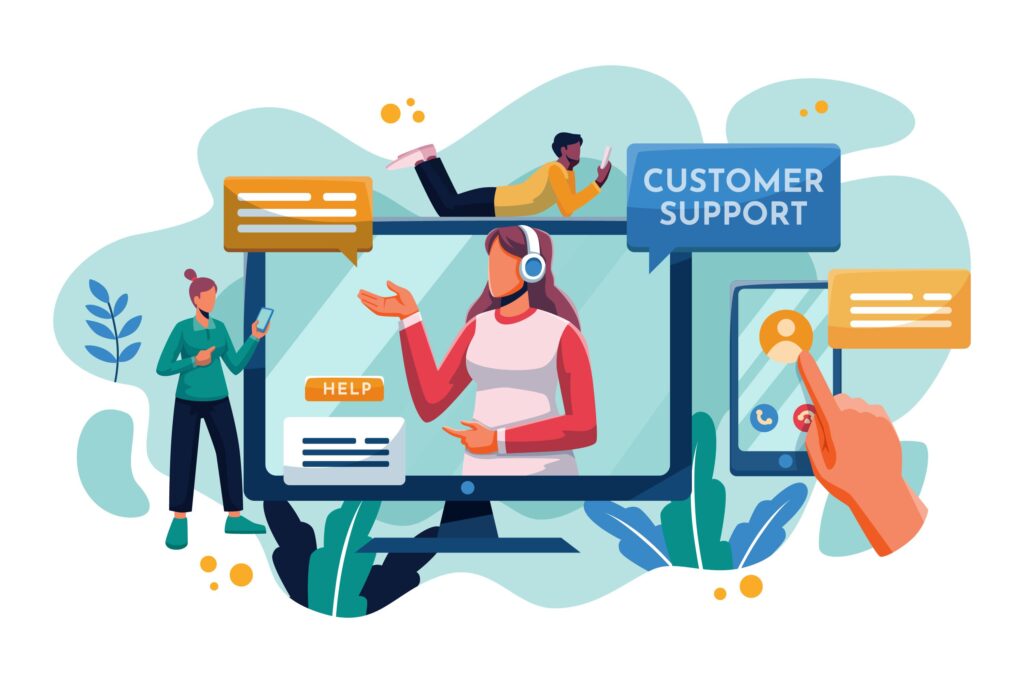

 Ecommerce Development
Ecommerce Development 